There are few engine configurations as revered, respected, and remembered as the inline-6. Whether you call it an I6, straight-six, or inline-six, this engine design has carved out a legacy of balance, refinement, and mechanical integrity that few others can match.
It’s an engine layout that naturally balances itself—its firing order and cylinder geometry create smoothness without the need for counterbalancing.
From silky European cruisers to rugged American workhorses and high-strung Japanese performers, the inline-6 has powered them all.
But as much as enthusiasts praise this iconic design, the truth is more nuanced: not all inline-6 engines are created equal. Some were built to last generations. Others barely made it out of their warranty period intact.
This duality is what makes the study of inline-6 engines so fascinating. On one side of the spectrum, we have engines like the Toyota 2JZ-GTE, BMW’s M30, Jeep’s AMC 4.0L, and Ford’s legendary 300ci I6—all of which have become renowned for their ability to withstand abuse, neglect, and even extreme performance modifications without breaking a sweat.
These engines are remembered not just for their power but for their indestructible nature. They’ve been passed down through families, kept running long after the vehicles around them gave up, and earned the kind of mythological status usually reserved for entire car models. To their loyalists, these aren’t just engines—they’re mechanical heroes.
But turn over the coin, and you find the other side of the story—engines that promised greatness but delivered unreliability, engines whose reputations were marred by poor engineering choices, rushed emission-era fixes, or overly complex technology that outpaced its durability.
From BMW’s temperamental N54 to Nissan’s underwhelming RB20DET, and from Jaguar’s early AJ6 to GM’s problematic Atlas LL8, some straight-sixes simply weren’t built to last.
They may have dazzled at launch with advanced features or strong spec sheets, but time has revealed their shortcomings in head gaskets, cooling systems, timing gear complexity, or even basic metallurgy. These engines often left a trail of frustrated owners, broken-down vehicles, and unmet potential.
What makes this topic especially interesting is the sheer range of vehicles the inline-6 has appeared in. Unlike other engine layouts that often dominate niche markets (V8s in muscle cars, flat-fours in economy cars), the straight-six has lived in trucks, sports cars, luxury sedans, SUVs, and even taxis. Its versatility has been both its strength and its curse.
Automakers tried to make it do everything: be smooth, be efficient, be powerful, be compact, be emissions-friendly. Some succeeded; others cut corners or pushed technology too far, too fast.
In this article, we’re going to explore ten specific examples—five that stand tall as paragons of engineering resilience, and five that cracked under pressure.
The ones that “crack easily” aren’t always complete disasters; some offer good performance when treated carefully. But they contrast starkly with the truly “tank-built” straight-sixes that can survive harsh conditions, severe neglect, and high mileage without falling apart.
We’ll look at what made the durable engines last—was it conservative engineering, simple architecture, or just good old-fashioned overbuilding? And for the fragile ones, what went wrong? Was it a specific design flaw, poor materials, or unrealistic expectations?
In doing so, we’ll get a clearer picture of how engine design has evolved—and how the same layout can lead to wildly different outcomes depending on the philosophy and execution behind it.
So, whether you’re a gearhead, a curious enthusiast, or someone shopping for your next project car or swap candidate, understanding the difference between the tank-like and the timebomb inline-6s is crucial. Because in the world of internal combustion, not all legends are born equal, and not all engines are made to last.
Also Read: 5 Cars With Encrypted Key Fobs and 5 That Broadcast Constantly
5 Inline-6 Engines Built Like Tanks
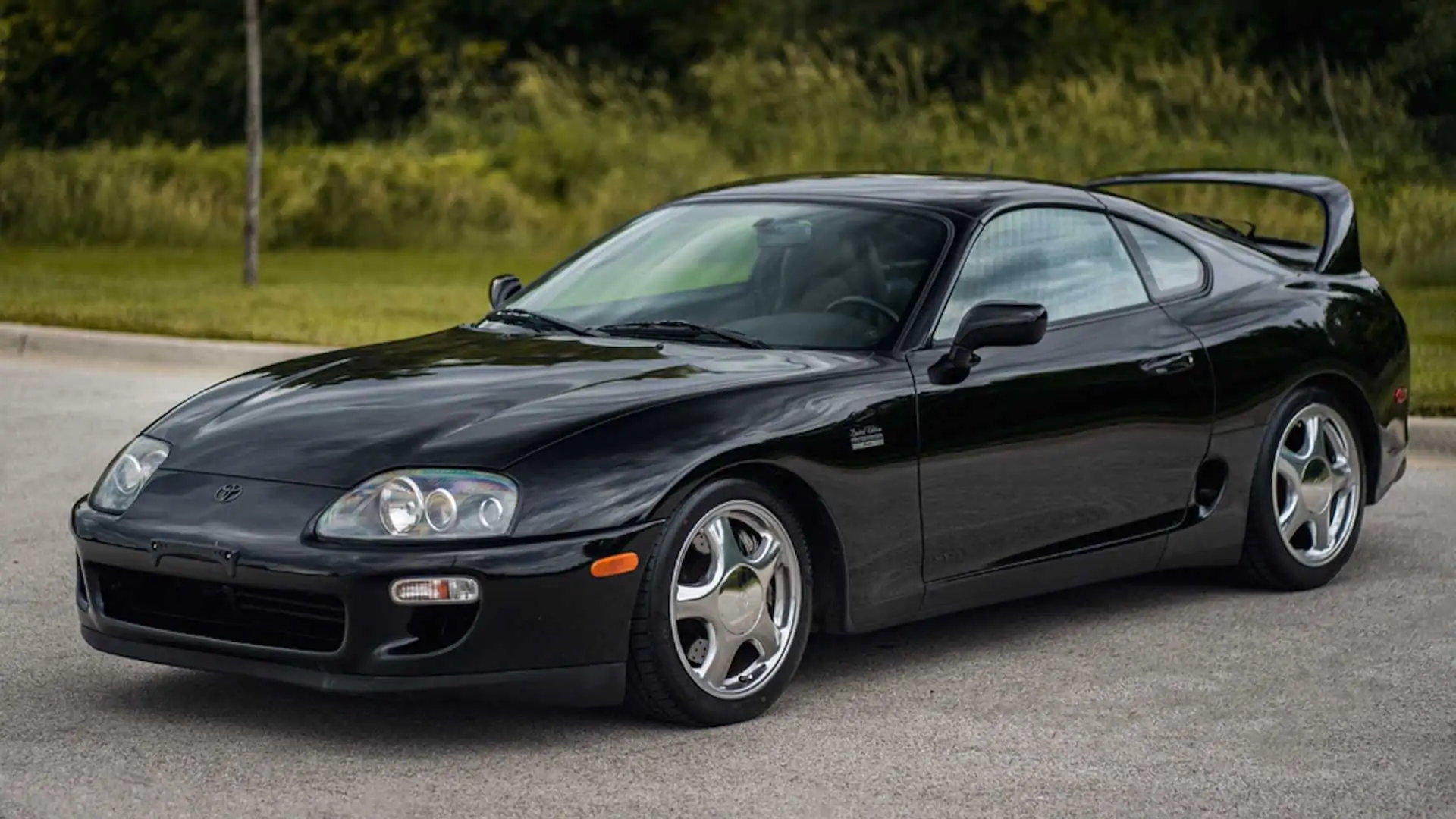
1. Toyota 2JZ-GTE
The Toyota 2JZ-GTE is often the first name that comes up in discussions about indestructible engines—and for good reason.
Developed during an era when Toyota was less concerned about production cost and more about engineering perfection, the 2JZ-GTE was built for performance, longevity, and strength.
It features a closed-deck cast-iron block, a forged steel crankshaft, and robust internals that make it one of the most overbuilt engines of the 1990s.
Originally powering the Toyota Supra MK4, this engine was a response to the era’s competitive performance car market, and Toyota wasn’t about to let its flagship fall short.
The engine’s strength is apparent not just in its components but in its design philosophy. It was engineered with high boost in mind, even in stock form. Dual sequential turbochargers, while a bit complex, offered smooth power delivery and quick spool.
Tuners discovered early on that the 2JZ could handle far more boost than it was delivered from the factory, often north of 600 hp on stock internals.
This wasn’t accidental. The combination of thick piston walls, durable rods, and a stout crank meant Toyota left a huge amount of headroom for enthusiasts to explore.
Beyond its power capability, the 2JZ-GTE stands out for its reliability. With proper maintenance—regular oil changes, timing belt replacement, and coolant upkeep—the engine can easily surpass 300,000 miles.
There are countless examples of Supras and GS300s still on the road today, decades after they were first produced, running strong without ever having had a bottom-end rebuild. The engine tolerates heat cycles, track use, and long periods of neglect better than most performance engines in history.
It’s no surprise then that the 2JZ-GTE is still in demand among tuners, racers, and collectors. Swap culture has embraced it globally—it’s been dropped into everything from RX-7s to Mustangs to Volvos.
Its reputation is more than just hype; it’s earned through years of real-world abuse. In the world of inline-6 engines, the 2JZ isn’t just a tank—it’s a battle-hardened veteran with medals to show for it.
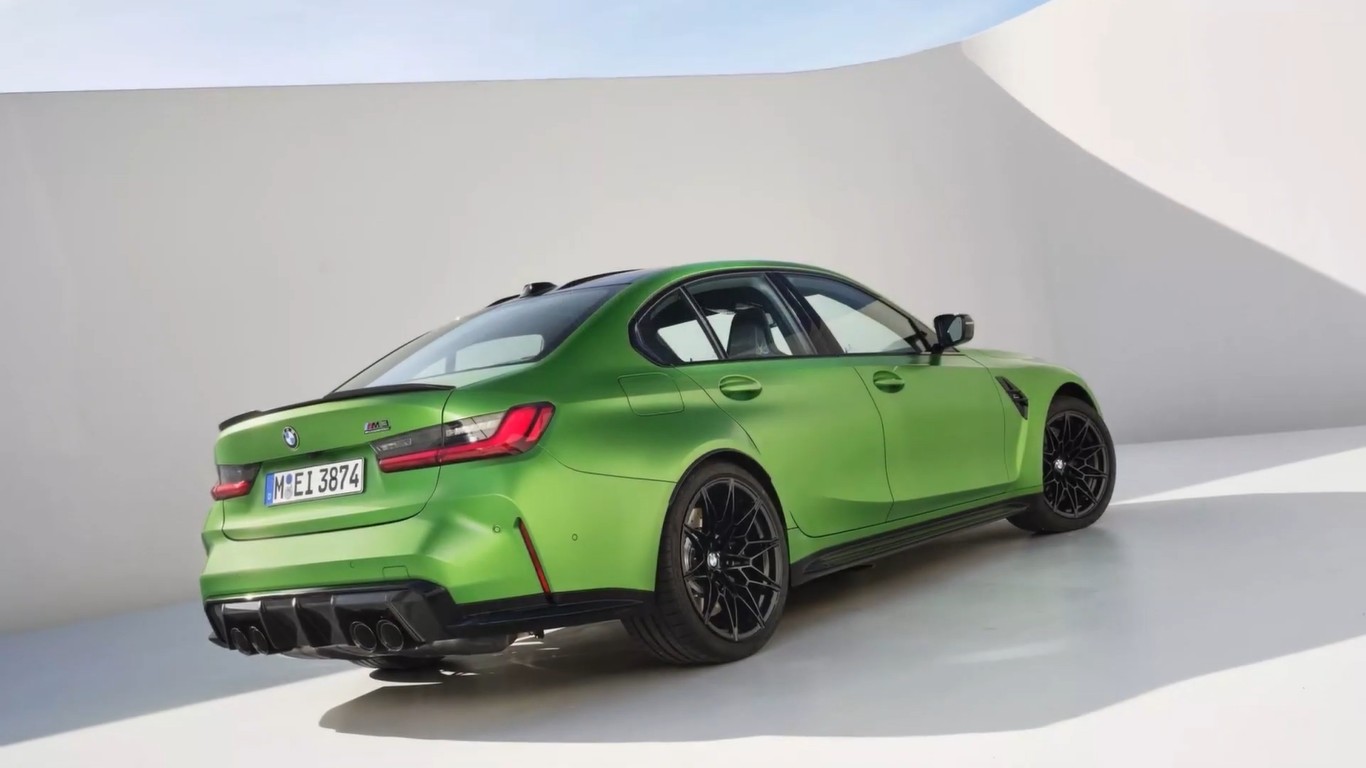
2. BMW M30 “Big Six”
BMW’s M30 engine, affectionately known as the “Big Six,” is a cornerstone of German straight-six engineering. First introduced in the late 1960s, the M30 was in continuous production for over two decades—a rare feat in the auto world.
Its long run across various models, including the iconic E28 5 Series and E24 6 Series, showcases its adaptability and robust construction. Built with a cast-iron block and an aluminum head, the M30 was made during an era when BMW was still chasing perfection over efficiency.
One of the hallmarks of the M30 is its simplicity. While later BMW engines became increasingly complex with variable valve timing and more electronic controls, the M30 retained a mechanically straightforward design. It used a single overhead camshaft, a rock-solid timing chain, and mechanical lifters in earlier versions.
These elements made it easier to maintain and less likely to suffer catastrophic failure. Even today, seasoned BMW mechanics consider the M30 one of the most rewarding engines to rebuild and service.
Its performance wasn’t just about reliability; the M30 also delivered a smooth, torquey driving experience that became synonymous with the BMW brand.
While not a high-revving monster, it provided ample low-end power and an extremely linear throttle response, making it ideal for long-distance cruising or spirited driving. The engine’s character and dependability helped define BMW’s “Ultimate Driving Machine” identity for a generation.
Longevity is the final proof of its excellence. It’s not uncommon to find M30-equipped cars with odometers showing 300,000 to 400,000 miles with the engine having never been opened.
Owners have reported using them in everything from daily drivers to race builds with confidence. In short, the M30 is a benchmark for what a reliable, overbuilt inline-6 should be—an enduring reminder of BMW’s engineering peak.
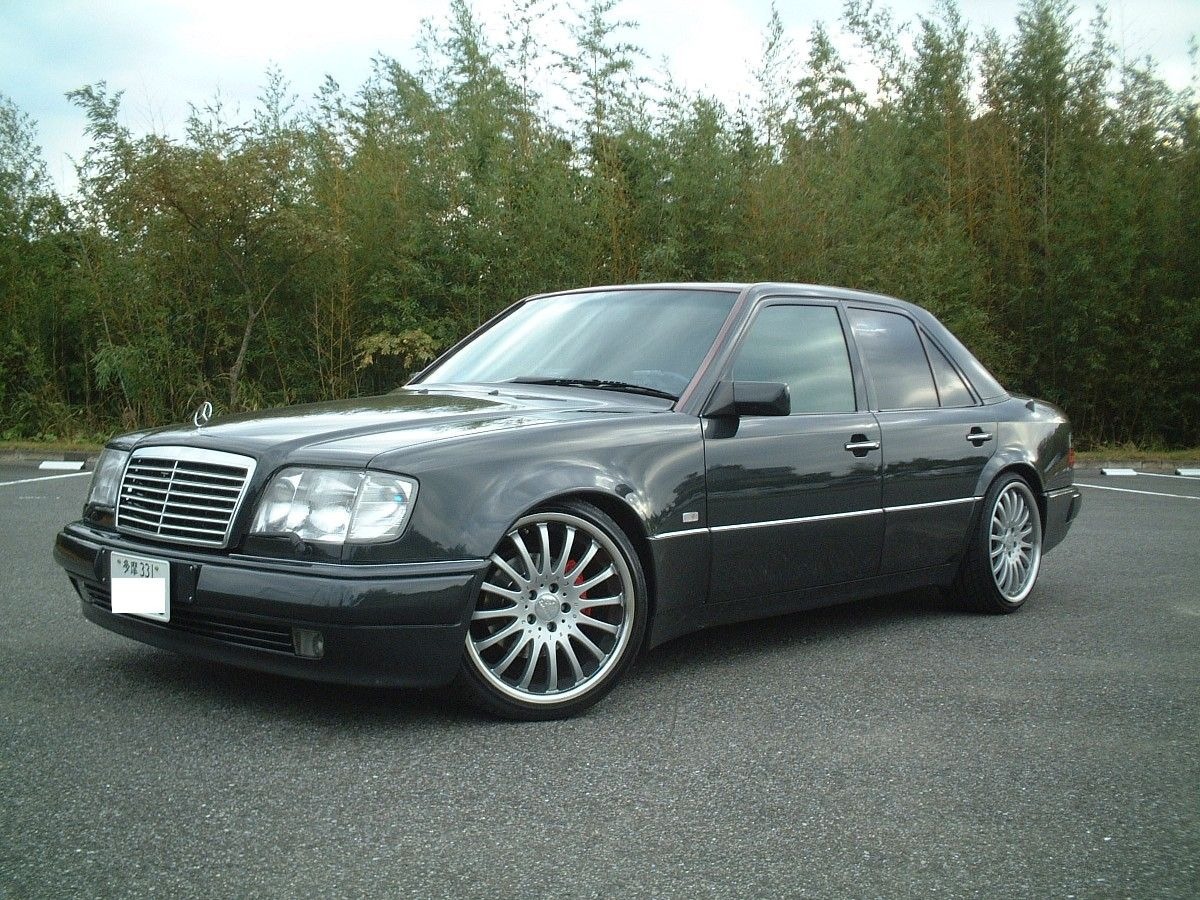
3. Mercedes-Benz M103
When Mercedes-Benz released the M103 engine in the 1980s, it did so with the intent to blend power, refinement, and long-term durability. Found in cars like the W124 E-Class and W126 S-Class, the M103 was designed during a time when Mercedes spared no expense in building vehicles to last decades. The engine featured a cast-iron block mated to an aluminum head, using a single overhead cam design that was robust and easy to service.
One of the greatest strengths of the M103 was its cooling system. In an era when overheating could destroy engines, the M103’s efficient radiator design and intelligent thermostat control kept temperatures in check even under prolonged stress. This meant fewer blown head gaskets, fewer warped heads, and greater overall engine life. It’s no coincidence that many Mercedes taxis in Europe during the 1990s racked up well over half a million kilometers with M103s still ticking away under the hood.
The M103 was also notable for its smoothness. The straight-six layout was perfectly balanced, and Mercedes engineered the intake and exhaust systems for minimal noise and maximum refinement. Even at higher RPMs, the engine felt composed. While it wasn’t built for racing, the M103 excelled at delivering a quiet, confident driving experience across thousands of miles, making it perfect for luxury sedans and tourers.
Another testament to its design is its ease of maintenance. With relatively few electronics and a straightforward fuel injection system, the M103 avoided many of the complications that plagued later engines. Even today, parts are widely available, and many independent mechanics still swear by the M103 for long-haul reliability. It’s a prime example of what happens when a company builds an engine with longevity, not just performance, in mind.
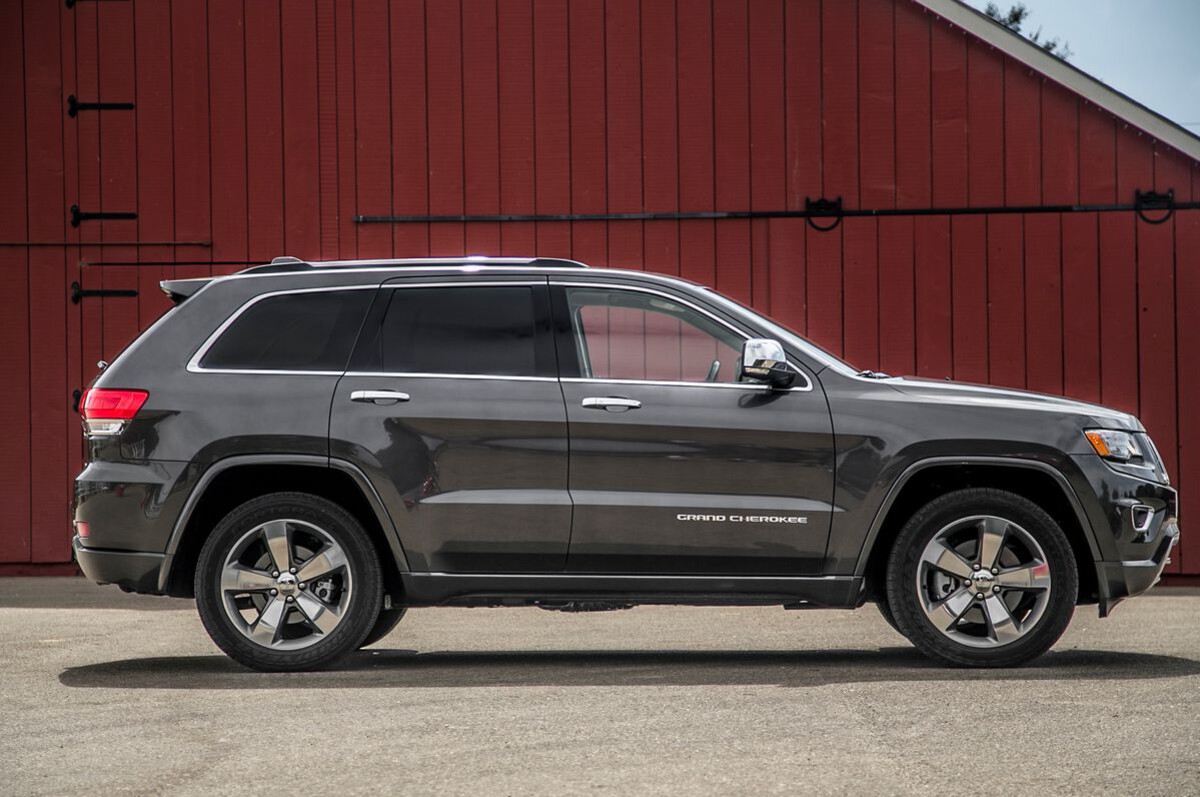
4. Jeep 4.0L AMC Inline-6
The Jeep 4.0L inline-six is one of the most rugged, no-nonsense engines ever put into a civilian vehicle. Born from the AMC straight-six lineage, this engine debuted in 1986 and served faithfully through to 2006 in everything from the XJ Cherokee to the Wrangler and Grand Cherokee. Its simplicity, low-end torque, and tolerance for abuse made it a favorite among off-roaders and daily drivers alike.
At its core, the 4.0L was all about durability. It featured a cast-iron block and head, a long-stroke design, and plenty of rotating mass. While this made the engine relatively heavy and low-revving, it also made it incredibly strong.
These engines could run for years on neglected oil change schedules, endure repeated overheating events, and still carry a vehicle home. In fact, stories abound of 4.0L Jeeps being driven with little more than water in the cooling system after a radiator failure, without total failure.
One of the reasons for its longevity is the 4.0L’s simple construction. With pushrod-operated valves, non-interference timing, and minimal electronics in earlier models, there’s very little to go catastrophically wrong.
Even in later models with OBD-II controls, the system remained accessible for DIY mechanics. You could diagnose most problems with a multimeter and some patience. When something did fail, it was usually a cheap, easy-to-replace sensor rather than the engine itself.
The engine’s loyal following has kept it alive well beyond its production run. Enthusiasts continue to rebuild and swap 4.0L engines into a variety of vehicles, and aftermarket support remains strong.
Whether it’s crawling over boulders, pulling a trailer, or just surviving brutal winters and desert heat, the Jeep 4.0L inline-six has proven itself a mechanical cockroach—nearly impossible to kill and beloved for its unshakable resilience.
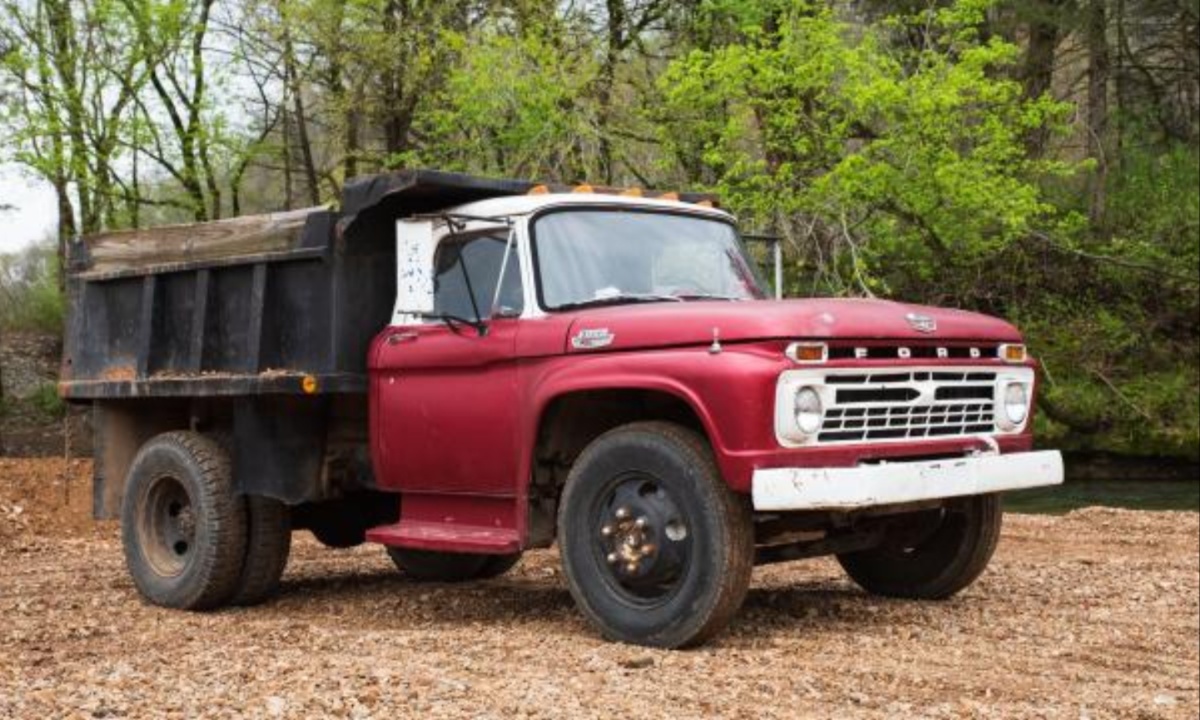
5. Ford 300 Inline-6 (4.9L I6)
Few engines have earned the kind of legendary durability status that the Ford 300 cubic inch inline-six (also known as the 4.9L I6) enjoys. Produced from the 1960s through the mid-1990s, this engine was a staple in Ford trucks, vans, and even some industrial applications.
Its reputation wasn’t built on horsepower or exotic technology—it was forged in job sites, farm fields, and harsh rural environments, where reliability mattered more than refinement or speed. The Ford 300 wasn’t glamorous, but it never needed to be—it just needed to work. And work it did, often for decades without complaint.
The design philosophy behind the 300 I6 was all about toughness. It featured a cast-iron block and head, simple overhead valve architecture (OHV), and one of the stoutest crankshafts ever fitted to a production engine.
The long stroke and relatively low compression ratio gave it massive amounts of low-end torque, making it ideal for towing, hauling, and general hard labor. It wasn’t fast—most versions didn’t rev much past 4,000 RPM—but it delivered consistent, smooth power that never felt like it was struggling, even under heavy loads.
One of the key reasons the 300 earned its tank-like reputation was its incredible service life and ease of maintenance. The engine could be rebuilt in a barn with basic tools, and parts were both cheap and plentiful. Even in the carbureted versions, tuning was straightforward. Later fuel-injected versions only improved drivability without sacrificing the rock-solid reliability.
You could run them on cheap gas, skip an oil change or two (not recommended—but often done), and the 300 would just keep chugging along. It wasn’t uncommon to see these engines with 400,000+ miles on the odometer—many were still running long after the truck frames around them had rusted out.
The Ford 300 Inline-6 wasn’t flashy, but it was dependable to a fault. Its strength came from a combination of over-engineering, simplicity, and a design meant for work, not speed.
In a world increasingly dominated by high-strung turbocharged engines and complex electronics, the 300 remains a symbol of old-school American engineering—reliable, indestructible, and built to last longer than the road itself. Ask any old mechanic or farmer what the toughest engine they’ve ever worked with was, and odds are, this humble workhorse will be at the top of the list.
5 Inline-6 Engines That Crack Easily
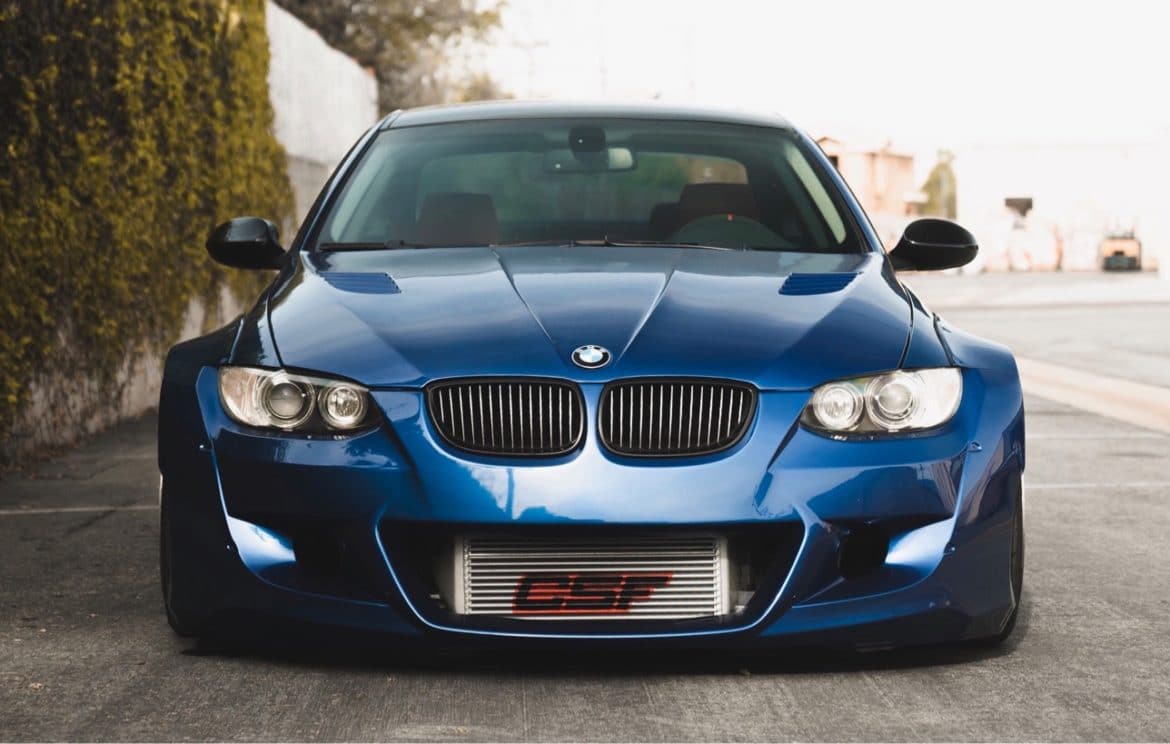
1. BMW N54
The BMW N54 engine debuted with much excitement in 2006. As BMW’s first mass-produced twin-turbocharged inline-six, it brought big performance numbers and smooth delivery to models like the 335i, 135i, and even the 740i. With direct fuel injection and impressive tuning potential, the N54 seemed destined for greatness.
But as time passed, its reputation shifted from revolutionary to notoriously unreliable. Despite being powerful and smooth, the N54 suffered from a host of chronic issues that made it a headache for long-term ownership.
The engine’s most infamous problem was its high-pressure fuel pump (HPFP) failures. These pumps often gave out prematurely, leading to rough running, power loss, and even limp mode under full throttle. BMW issued multiple recalls and warranty extensions, but even with the fixes, many owners reported recurring problems.
Add to that the fragile fuel injectors and you have a recipe for a costly and frustrating experience. On top of fueling issues, the N54 was also plagued by carbon buildup on the intake valves due to its direct injection design. Without routine walnut blasting, performance would noticeably degrade over time.
Turbocharger reliability was another sore point. The N54’s turbos were susceptible to wastegate rattle, a metallic clatter that signaled internal wear. The actuators and bushings would loosen over time, leading not only to noise but also boost loss and underperformance.
While some owners accepted the issue as a minor annoyance, others had to replace the turbochargers entirely—an expensive repair. Oil leaks were also common, especially from the valve cover gasket, oil filter housing, and oil pan. These leaks often made a mess and could damage other engine components if not addressed quickly.
While the engine’s internals are actually quite strong—some tuners push them past 600 hp with supporting mods—it’s the ancillary systems and reliability of everyday operation that earn the N54 its poor reputation.
BMW may have pushed boundaries with its performance, but they did so at the cost of long-term durability. For those unwilling to invest serious time and money into preventative maintenance and constant troubleshooting, the N54 proves to be more of a burden than a blessing.
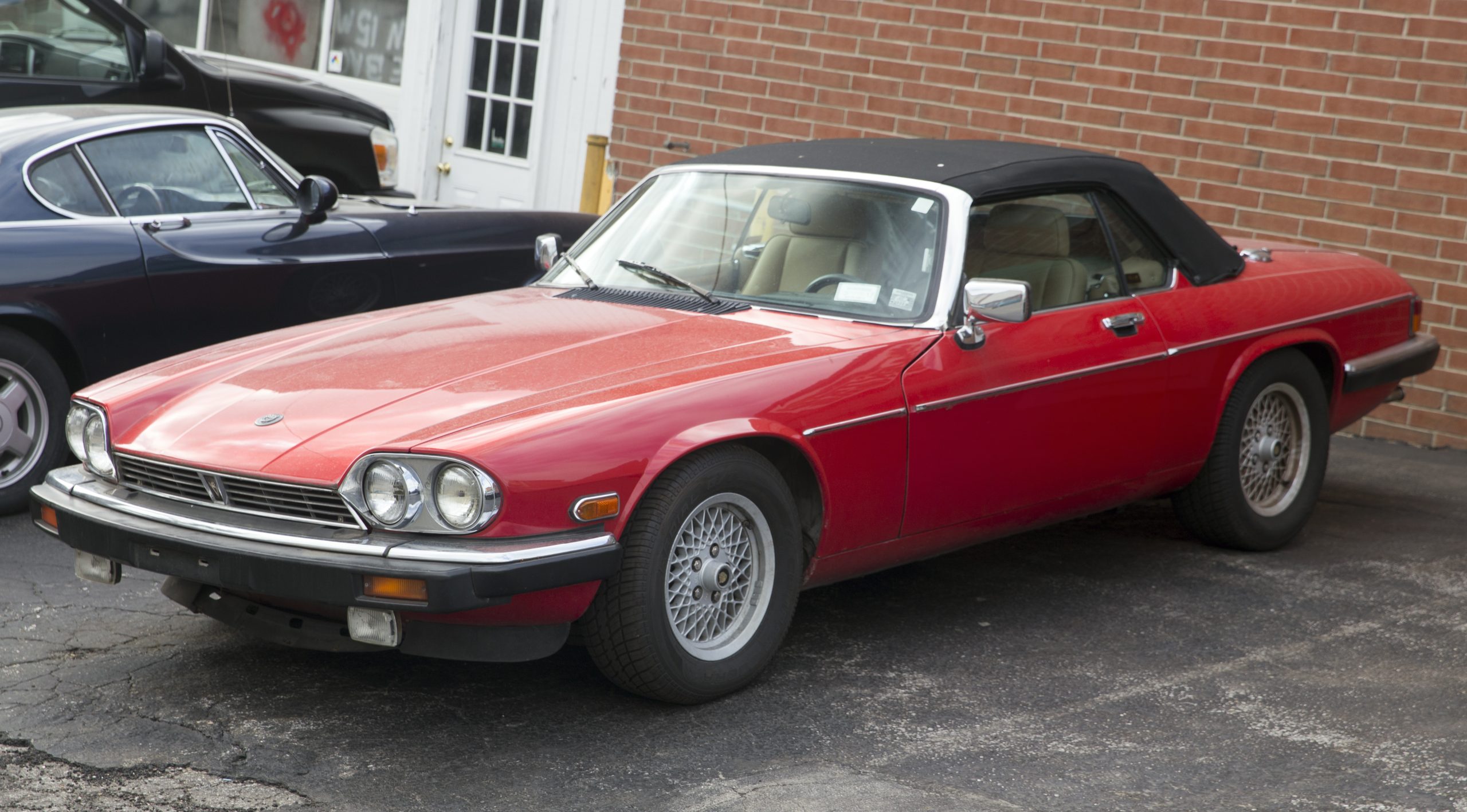
2. Jaguar AJ6 (Early Versions)
Jaguar’s AJ6 engine was designed to replace the aging XK engine in the 1980s and early ‘90s, and while it brought some welcome modernity, like aluminum construction and fuel injection, it also introduced a slew of reliability problems that would haunt early adopters.
Found in models like the XJ6 and XJS, the early AJ6s looked promising on paper: an all-alloy engine with decent power and smooth operation. But the reality of ownership was often riddled with mechanical faults and cooling issues that undermined Jaguar’s intent to modernize.
Perhaps the most critical flaw of the AJ6 was its poor thermal management. The combination of an aluminum head and cast-iron block (in early versions) created thermal expansion mismatches that stressed the head gasket severely.
These engines were highly sensitive to overheating, and once overheated, the aluminum head would often warp or crack. To make matters worse, the cooling systems in many Jaguar sedans were undersized and prone to clogging, leading to chronic overheating that would cook the engine internals in no time.
Beyond overheating, the AJ6 also struggled with oil control and timing chain reliability. Gaskets and seals would routinely leak oil, often onto hot components, creating both a fire hazard and a mess.
Timing chain tensioners—especially on higher-mileage engines—would wear prematurely, leading to noisy operation and potential catastrophic failure if the chain skipped a tooth. It’s not uncommon for owners to report top-end rebuilds or even full replacements before 120,000 miles—a far cry from Jaguar’s claims of refinement and longevity.
Even when running properly, the AJ6 lacked the robust feel of other premium straight-sixes of the time. It didn’t inspire confidence the way a BMW M30 or Mercedes M103 did. Instead, it always felt a bit fragile—one step away from its next major problem.
In fairness, the later AJ16 version improved upon many of these issues, but the damage to reputation had already been done. For all its elegant engineering goals, the early AJ6 was a case of poor execution and short-lived durability, earning its spot among the inline-6 engines that just couldn’t go the distance.
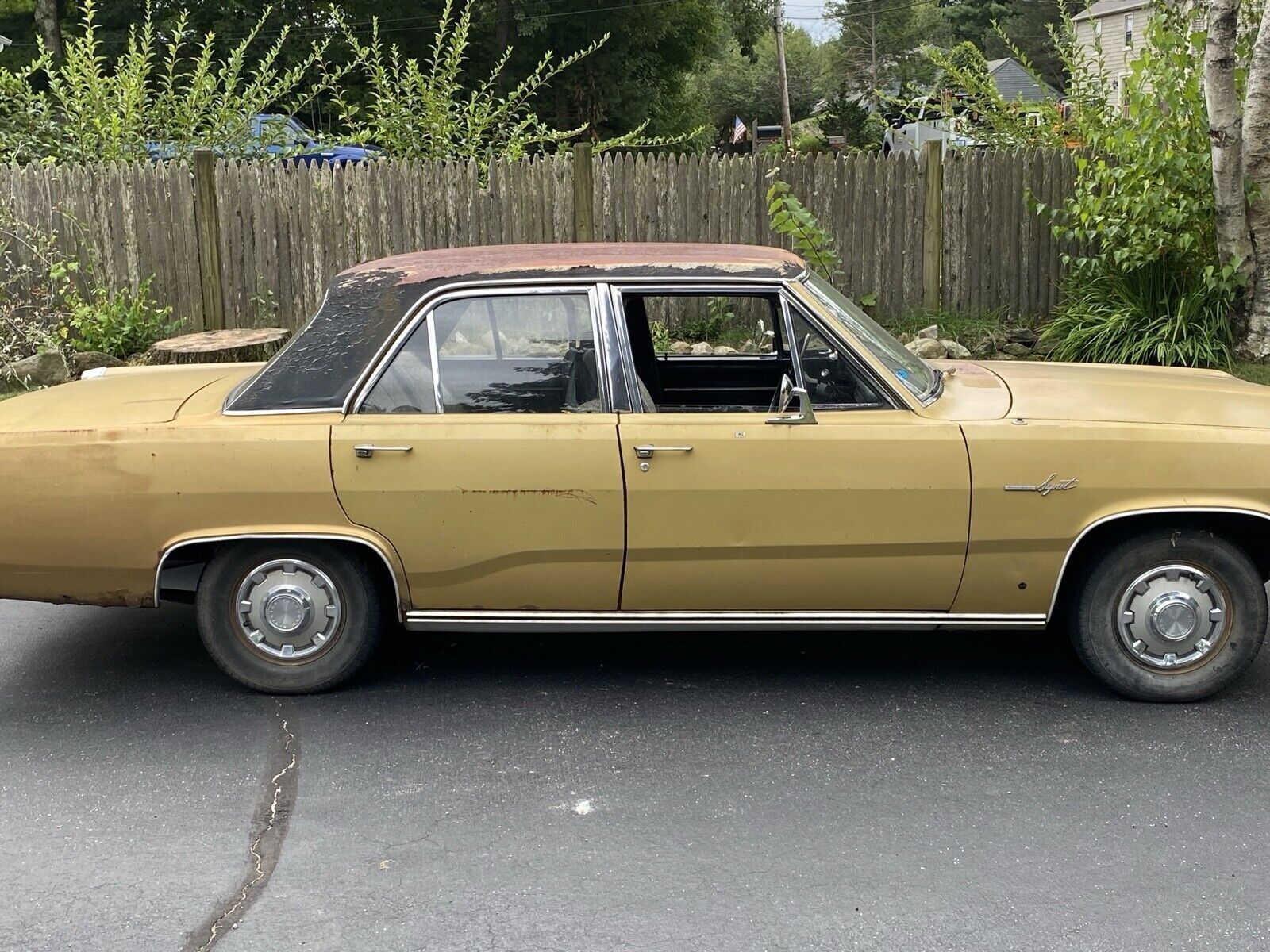
3. Chrysler 225 Slant-Six (Late Emissions Era)
The Chrysler 225 Slant-Six is a complicated case. Earlier versions from the 1960s and early ’70s were revered for their durability, often lasting well over 200,000 miles with minimal maintenance.
But by the time the late ’70s rolled around, emissions mandates, budget cuts, and rushed engineering compromises had taken a toll. While the name “Slant-Six” still carried weight, the engines produced during this era, particularly from 1975 to the early ’80s—were a far cry from the bulletproof mills that came before.
The main issue stemmed from emissions regulation adaptations. Chrysler leaned out air-fuel ratios and added EGR valves and air pumps, but the Slant-Six’s cooling system and materials were never adequately redesigned to compensate for the increased internal heat.
The result was rampant overheating, pre-ignition issues, and warped heads. Valve seats would crack or drop into the combustion chamber, ruining engines that hadn’t even seen six-figure mileage. In a cruel twist, the changes meant to make the engine cleaner actually shortened its usable life.
Compounding the problem was a sharp decline in Chrysler’s manufacturing standards during this period. Engines left the factory with inconsistent tolerances, soft valve guides, and poor machining. The once-celebrated castings now had thinner walls and were more prone to warping.
Timing gear failures, excessive oil consumption, and weak ignition systems only added to the frustration. Mechanics who once praised the Slant-Six for its toughness began calling the late models “problem children” that were more trouble than they were worth.
Finally, the engine’s reputation suffered from poor documentation and declining parts quality. By the late 1970s, emissions control diagrams were overly complex and inconsistent across models, making troubleshooting difficult.
Owners, unable to keep the engines properly tuned, often let them deteriorate. In short, while the 225 Slant-Six started life as a mechanical tank, it ended as a victim of regulatory and corporate decay—a perfect example of how even the strongest engines can be brought to their knees when pushed too far without adequate support.
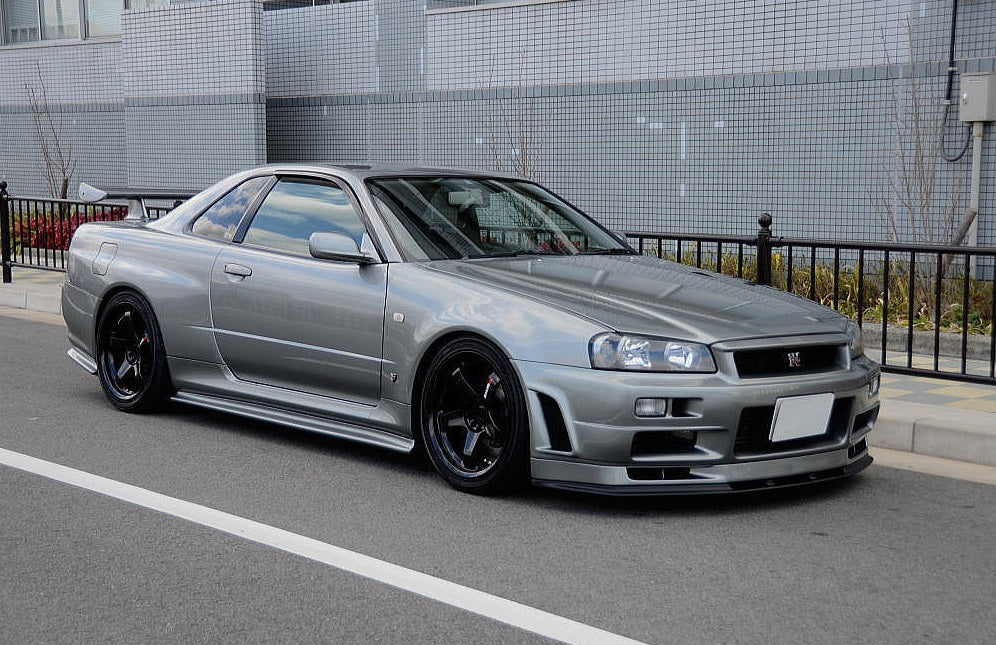
4. Nissan RB20DET
The Nissan RB family enjoys a near-mythical status thanks to the RB26DETT and RB25DET, but the smaller RB20DET—a 2.0L twin-cam, turbocharged inline-6—often doesn’t live up to the same reputation. Found in early R32 Skylines and other JDM models, the RB20DET was intended as a high-revving, agile motor for lightweight chassis.
While it certainly delivers in terms of sound and rev-happy characteristics, its fragility and lack of headroom make it a disappointment for those expecting a baby RB26.
First and foremost, the RB20DET suffers from a lack of displacement and torque, which forces drivers to rely heavily on RPM and boost to make power. While that might be fine on paper, it places enormous strain on the bottom end.
The rods and pistons are weaker than those in its larger siblings, and the oiling system isn’t robust enough to keep up under sustained high-performance use. Spun bearings, oil starvation during cornering, and premature turbo failure are all common problems for those pushing the engine beyond its stock limits.
Another major issue is its aging electronics and inconsistent maintenance history. Most RB20DETs are imported JDM motors with unknown mileage, dubious oil change intervals, and outdated ECU tuning. Cracked vacuum lines, failing coil packs, and brittle wiring harnesses are standard fare.
Rebuilding or maintaining an RB20DET becomes a scavenger hunt—parts are harder to find, and much of the aftermarket focuses on the more desirable RB25 and RB26 variants. If something breaks, you’re often stuck waiting for rare parts to ship internationally or attempting DIY workarounds.
While it’s possible to build an RB20DET into a decent performer, it requires more time, effort, and money than most people expect. It doesn’t have the overbuilt nature of the RB26, nor the torque of the RB25.
Instead, it’s a narrowband, finicky engine that simply doesn’t tolerate abuse well. For every high-revving success story, there are countless failed builds and blown motors. In the context of inline-6 reliability, the RB20DET sadly fits into the category of engines that just weren’t built to last.
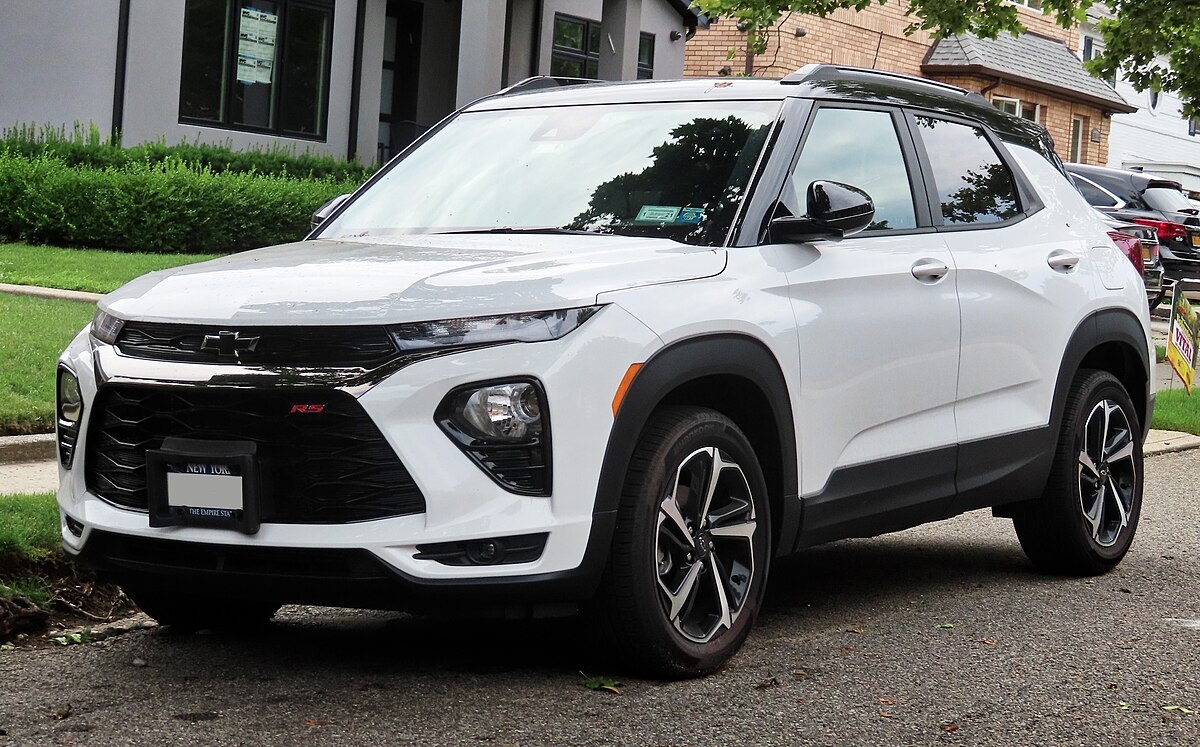
5. GM Atlas LL8 (Vortec 4200)
At first glance, the GM Vortec 4200 (also known by its family name, Atlas LL8) seems like it should be a winner. A modern 4.2-liter DOHC inline-6 introduced in the early 2000s, it powered SUVs like the Chevy TrailBlazer, GMC Envoy, and Isuzu Ascender.
It offered decent power—around 270 hp—and modern features like variable valve timing, coil-on-plug ignition, and electronic throttle control. But despite these advancements, the LL8 proved to be one of GM’s more troublesome modern engines, especially as miles and years piled up.
One of its biggest issues was its timing chain system. The LL8 used a complex design with multiple chains, guides, and tensioners—parts that wore out surprisingly quickly.
Tensioners would fail, guides would shatter, and the resulting chain slack could cause catastrophic engine failure if not addressed in time. For many owners, timing chain noise was the first sign of trouble—usually followed by expensive repairs requiring engine removal. In higher-mileage examples, this was almost a guaranteed eventuality.
The LL8 also suffered from head cracking and valve seat issues, particularly in early builds. Coolant leaks into the combustion chamber, misfires, and loss of compression became common complaints on forums and at service shops.
Oil consumption was also a recurring issue, often due to faulty PCV designs and worn valve stem seals. Add in electrical gremlins related to camshaft sensors and coil pack failures, and the LL8 became a ticking time bomb rather than a trusted powerplant.
It’s a shame, because the engine’s architecture had promise. It delivered smooth power and decent efficiency for its class, and its balance shaft design made it pleasant to drive.
But it lacked the durability that GM’s earlier straight-sixes—like the 292 or the 250—were known for. Instead, the LL8 was too complex, too delicate, and too failure-prone to earn a positive legacy. It might have been advanced on paper, but in the real world, it cracked under pressure—sometimes literally.
Also Read: 5 Cars That Will Never Lose Appeal vs 5 That Already Did
The legacy of the inline-6 engine is a storied one, filled with examples of brilliance and disappointment, innovation and oversight. After exploring ten notable examples—five engines that could outlive their vehicles and five that struggled to survive their engineering—you begin to see the pattern that separates the champions from the cautionary tales.
What defines a “tank” engine isn’t just raw power or marketing buzz—it’s smart engineering, material durability, ease of maintenance, and a philosophy focused on longevity. Meanwhile, the engines that “crack easily” often suffer from ambitious designs that weren’t given the robust support they needed to thrive in the real world.
The engines that earned their place in the “built like a tank” category all share something deeper than just reputation. The Toyota 2JZ-GTE, for example, was designed with overengineering in mind, with components strong enough to handle several times the stock horsepower.
The BMW M30 stood the test of time not because of its power output, but because of its proven mechanical simplicity and consistent build quality. The Jeep 4.0L survived because it was designed for brutal off-road environments, with a no-nonsense cast-iron approach that prioritized function over form.
These engines don’t just resist failure—they ignore it. They operate reliably in harsh climates, on bad fuel, and under poor maintenance. That kind of resilience is what gives them their cult status today.
Conversely, the engines on the fragile side of the spectrum often represent cases of good ideas executed poorly or overly complex systems built without consideration for the long haul. The BMW N54, despite its performance potential, became a nightmare for daily drivers due to chronic fueling and turbo issues.
The Nissan RB20DET might have sounded great at high RPMs, but lacked the beefy bottom end or oiling capacity to handle tuning reliably. Jaguar’s AJ6 was meant to modernize a brand but ended up plagued by cooling issues and premature wear. These engines teach us a crucial lesson: advanced technology and high performance don’t automatically translate into long-term durability.
One of the takeaways from this analysis is that reliability isn’t always about simplicity, but simplicity certainly helps. Engines like the Ford 300 and Jeep 4.0L thrived because they avoided unnecessary complications. Their pushrod architecture, cast-iron materials, and naturally aspirated setups meant fewer points of failure.
On the other hand, modern engines with multiple turbos, direct injection, and variable timing systems often push the limits of reliability unless they’re engineered with extreme precision—and even then, they sometimes fail when subjected to real-world wear and tear.
There’s also a human element to this. Engines don’t exist in a vacuum—they’re maintained, abused, tuned, and neglected by real people. Some engines are more forgiving of human error than others. A 2JZ can survive years of abuse from amateur tuners. A BMW N54, however, will punish even small lapses in maintenance.
This user-sensitivity is another layer of what defines a tank versus a ticking time bomb. It’s not just about how the engine performs when new—it’s about how well it adapts to the unpredictable nature of real-life ownership.
In the end, the inline-6 layout remains a symbol of smoothness and sophistication, but also a reflection of how engineering philosophies evolve. Some automakers built engines to last through wars and hard winters. Others focused on hitting emissions targets and squeezing out performance, with longevity taking a backseat.
By examining these engines—both the indestructible and the flawed—we gain insight not only into what makes a good engine, but what happens when priorities shift too far in one direction.
So the next time you see a six-cylinder badge, remember: not all inline-6s are created equal. Some are mechanical immortals, forged in the fires of overengineering. Others are delicate performers, waiting for just the right mistake to unravel. Knowing which is which can save you years of heartache—or earn you decades of loyal service from an engine that refuses to die.

